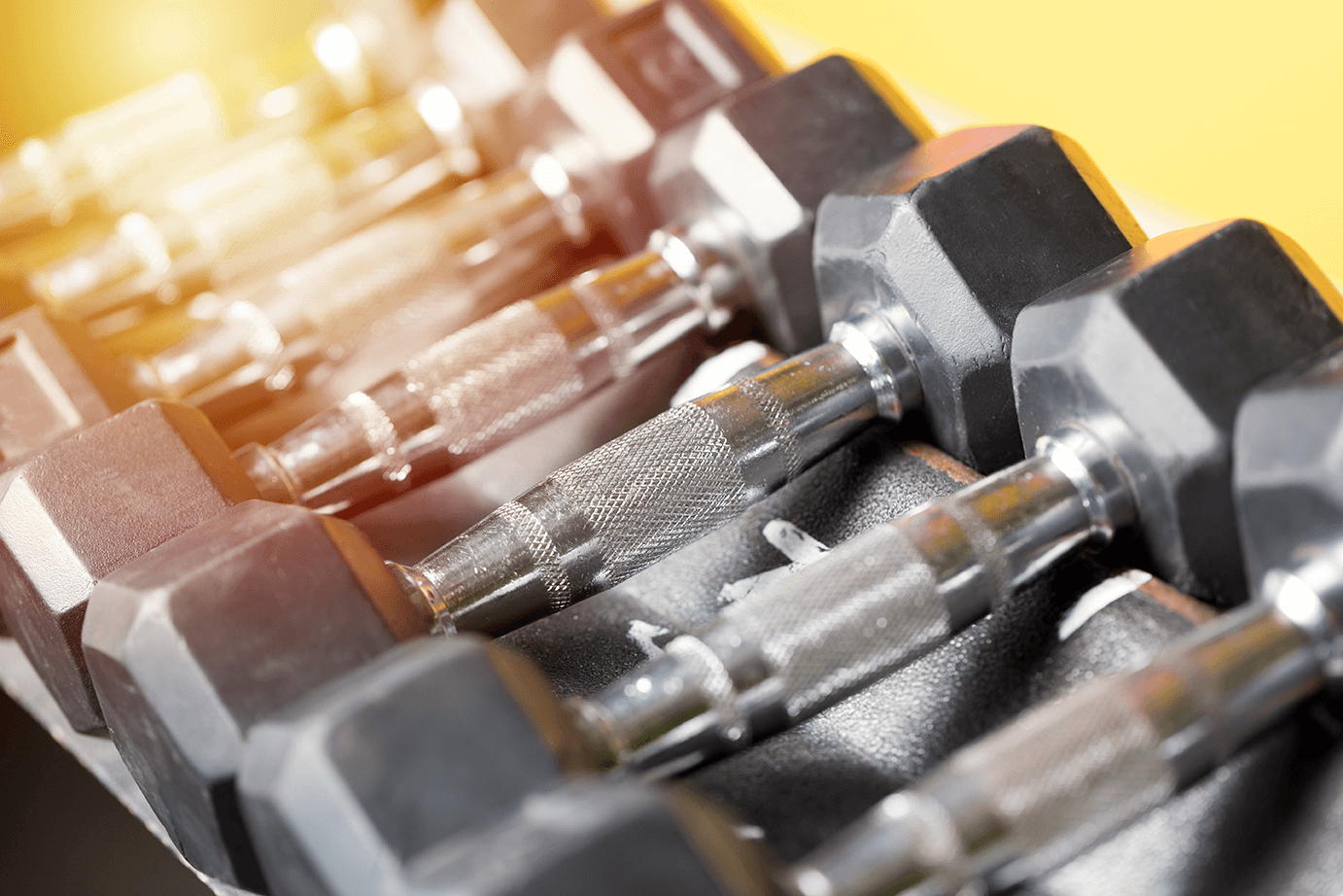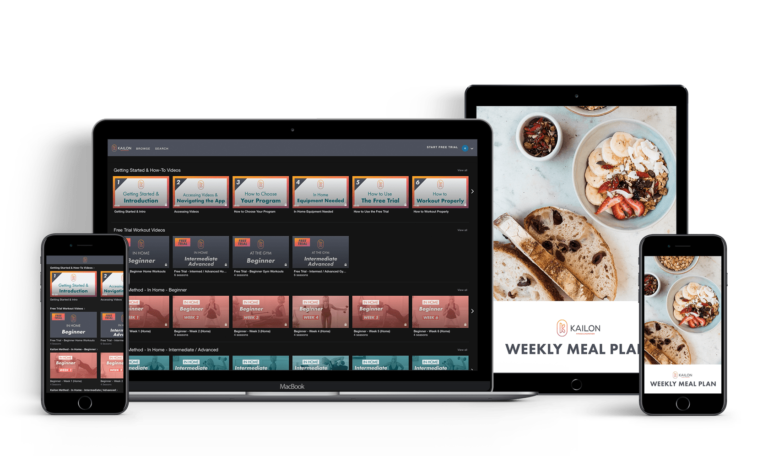What should you be using?
I want to start with something I learned to be true a long time ago; if your muscles are not being challenged, they will not change (visually or physiologically). Light weights will not create strength and definition in muscles and heavy weights will not make you look big or bulky. Over the past 15 years, I have created and instructed more than 35,000 individual one-on-one workouts with clients. This has given me perspective and a very up close and personal look at what works and what doesn’t when it comes to achieving real results.
First, it’s important to note that everyone has different motivations for working out.
For some it’s weight loss, others want to release stress, a lot of people know and want the health and wellness benefits of moving their bodies and others want to physically change their physique and develop muscle and tone. This article is for the people who want to increase muscular strength, definition, endurance and fat loss.
I realize we all have a different interpretation of what “light” weights actually means.
When I say light weight will not change your body composition, what I mean is if you can keep going and going and don’t get anywhere close to fatigue (which just means pushing yourself until your muscles are thoroughly tired), if your goal is 15 repetitions and you realistically could have gone to 30 repetitions easily, if it feels like you didn’t actually workout or utilize your muscular system later that day or the next, if you are using momentum and just throwing the weight around to get it over with, if you are able to workout and simultaneously read or watch TV and think about something else, or if you have been using the same weight for the same amount of repetitions for a long time- then it’s too light and changes to your body will not be made.
Being able to contract a muscle requires signals from your motor neurons (let’s call this mind-muscle connection for now), and the better you are at having them tell your muscles to contact the stronger you’ll get.
This takes practice and it takes focus on what you’re doing. This is also why you have to increase your weights from time to time. If you don’t make those increases, your body will adapt and not make any further strength or physical changes. The interesting thing about muscles is they do not get stronger while you workout. We actually break them down during the workout (this is a good thing)! After your workout and during periods of rest, we repair those tears to create new muscle protein strands that are stronger!
This absolutely does not mean they get bigger. We need a lot of testosterone and a calorie surplus of very specific and proper nutrition to make them appear bigger. They are stronger and leaner (i.e. more defined or toned). But again, we need progressive overload and added difficulty to change our physical body.
Repetitive stress should be a concern for all of us.
Most of my early life included competitive sports like tennis, long-distance running, golf and snowboarding, which are all athletics of repetitive motion. I needed 2 knee surgeries, broke multiple bones and had disc issues from constant repetitive stress. I knew it was time to strengthen my muscles to help support all the injuries. Light weights require a massive amount of repetitions. All of these repetitions are putting more emphasis on your joints and connective tissue, not your muscles. You are not requiring your muscle to actually function if the load (weight) is too light. By simply applying heavier weights and keeping your repetitions controlled and without momentum, your muscles are now required do more work than your joints and you won’t need to do as many repetitions which limits the repetitive stress and overall damage.
As you get stronger, your joints begin to take on less work since your muscles are now able to handle the load. You may not feel the repetitive stress that’s happening to your body at first, especially if you’re new to exercising, but any kind of improper form done over and over will cause damage and you will not have stronger muscles to help take over for reoccurring joint stress.
If you do not challenge your body, your muscles, your cardiovascular system, they will not change, PERIOD.
Heavier weights and a proper range of repetitions to muscular fatigue is where all the benefits exist! Here are some very general guidelines. A person’s fitness level makes a difference. The more physically fit a person is, the harder they have to work to gain more strength and endurance. A person new to exercising will see faster results at first, because they are starting from the beginning, but they too will hit a point where they have to put in more challenging work to see greater results. Equipment makes a difference. Strength training machines are much easier to load with heavier weights because they offer a benefit of stability.
Doing a machine leg press is much different than doing a free-standing squat with dumbbells or a weighted bar on your back. If you are using bands, then the ultimate goal is to get to muscular fatigue which means you will need light, medium and heavy bands and there will be more repetitions required to get there. Taking all of that into consideration here are some of those general guidelines. First and most importantly, always push yourself as close to muscle fatigue as you can. Keep your rep range between 8-25, again this depends on machines versus dumbbells or bands. 1-3 sets depending on your fitness level and how new to exercising you are. New people- fewer total sets per exercise; experienced lifters, more sets per exercise.
As always, your number one priority should be proper form and technique. From there, you can play around with weight and rep ranges to see what feels right and what can safely and efficiently get you to muscular fatigue. Just remember heavier weights will not make you look big and bulky! It will get you closer to a leaner more toned body.


